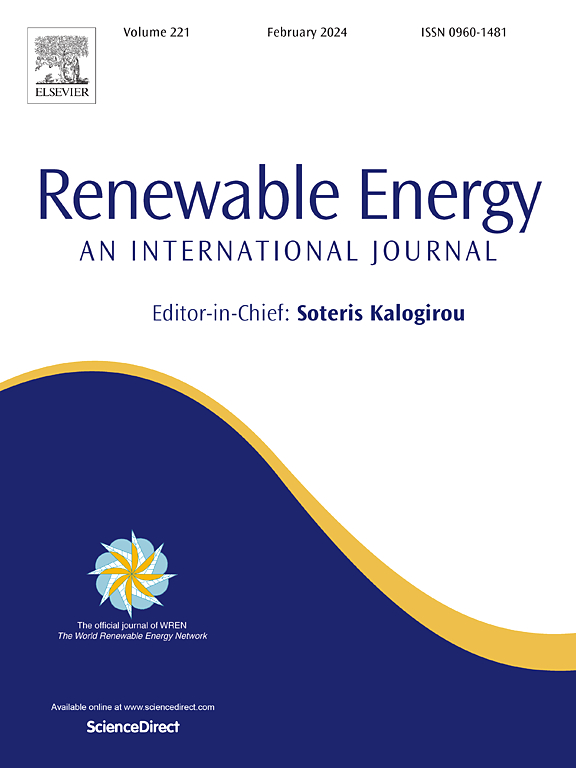An insight into biomass-derived low-cost biochar supported FeNi3/NiFe2O4 catalyst: Effect of hydrothermal treatment and carbothermal reduction temperature
IF 9
1区 工程技术
Q1 ENERGY & FUELS
引用次数: 0
Abstract
To address the issue of tar removal during biomass gasification, a biochar supported FeNi3/NiFe2O4 catalyst was prepared using sawdust as the precursor at a temperatures range of 600–800 °C. The influence of carbothermal reduction temperature on the physicochemical properties of the catalysts was explored. Following hydrothermal treatment, the metal particles were embedded within the hydrochars. Subsequently, the metal particles further etched the carbon support and underwent vapor phase deposition of volatile components during the carbothermal reduction process, forming a composite structure of porous carbon inside the external carbon nanofibers. The carbothermal reduction temperature of 700 °C is regarded as the optimum, leading to the formation of highly dispersed NiFe2O4 active phase which exhibited a significant abundance of oxygen vacancies within the catalyst. Additionally, catalytic cracking of tar was performed in both in-situ and ex-situ conditions at 600 °C to examine the overall catalytic performance of the catalysts. The catalysts HT700Fe-Ni@Char prepared at 700 °C exhibited an ex-situ tar conversion efficiency of 96.02 %, which was maintained at 86.32 % even after five cycles. The preservation of the NiFe2O4 active phase at elevated temperatures and the hindrance effect of carbon nanofibers on the accumulation of bulky coke were crucial factors for ensuring the sustainability of catalyst performance.

求助全文
约1分钟内获得全文
求助全文
来源期刊

Renewable Energy
工程技术-能源与燃料
CiteScore
18.40
自引率
9.20%
发文量
1955
审稿时长
6.6 months
期刊介绍:
Renewable Energy journal is dedicated to advancing knowledge and disseminating insights on various topics and technologies within renewable energy systems and components. Our mission is to support researchers, engineers, economists, manufacturers, NGOs, associations, and societies in staying updated on new developments in their respective fields and applying alternative energy solutions to current practices.
As an international, multidisciplinary journal in renewable energy engineering and research, we strive to be a premier peer-reviewed platform and a trusted source of original research and reviews in the field of renewable energy. Join us in our endeavor to drive innovation and progress in sustainable energy solutions.
 求助内容:
求助内容: 应助结果提醒方式:
应助结果提醒方式:


